As Australians look forward to the summer beach season, the prospect of shark encounters may cross their minds. Shark control has been the subject of furious public debate in recent years and while some governments favour lethal methods, it is the wrong route.
Our study, published today in People and Nature, presents further evidence that lethal shark hazard management damages marine life and does not keep people safe.
We examined the world’s longest-running lethal shark management program, the New South Wales Shark Meshing (Bather Protection) Program, introduced in 1937. We argue it is time to move on from shark nets and invest further in lifeguard patrol and emergency response.
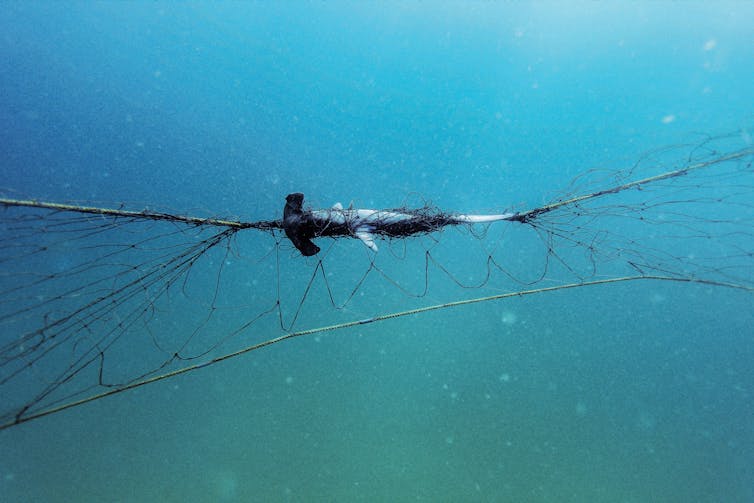
A scalloped hammerhead caught in a shark net off Palm Beach in Sydney, in March 2019.
HSI-AMCS-N McLachlan
Managing shark bite
In NSW, 51 beaches between Newcastle and Wollongong are netted. The nets don’t provide an enclosure for swimmers. They are 150 metres long and suspended 500 metres offshore. In the process of catching targeted sharks they also catch other animals including turtles, rays, dolphins, and harmless sharks and fish.
Catching and killing sharks might seem a commonsense solution to the potential risk of shark bite to humans. But the story is not so simple.
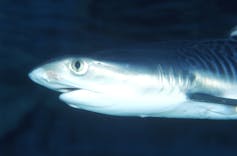
A young tiger shark cruising near Coffs Harbour, NSW.
(EPA)
Multiple factors influence shark bite incidence, including climate change, prey species distribution and abundance, water quality, human population, beach-use patterns, and lifeguard patrols.
Most research and public debate focuses on human safety or marine conservation. Our research sought to bring the two into conversation. We considered a range of factors that contribute to safety and conservation outcomes. This included catch of target and non-target species in nets, damage to marine ecosystems, global pressures on oceans, changing beach culture, human population growth and changes in lifeguarding and emergency response. Here’s what we found.
Fewer sharks, fewer bites
As the graph below shows, shark catch in the NSW netting program has fallen since the 1950s. This includes total shark numbers and numbers of three key target species: white shark (also known as great white or white pointer), tiger shark and bull shark.
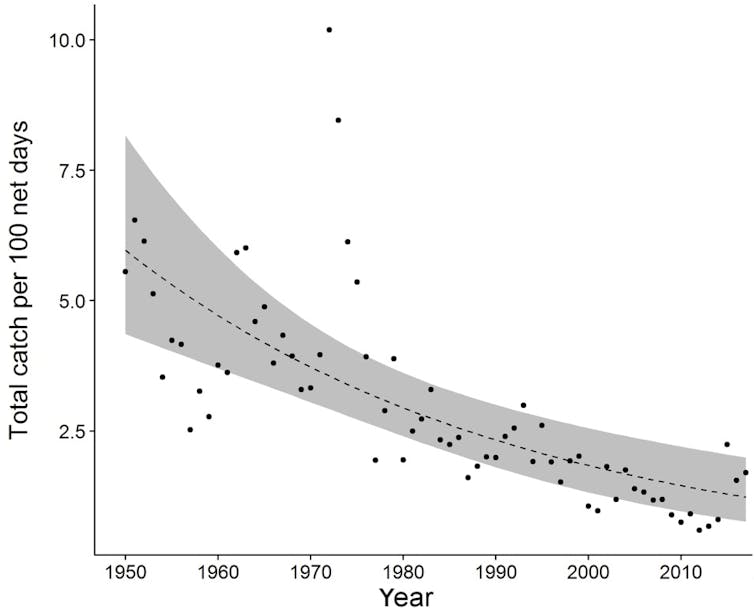
Total shark catch per 100 net days 1950-2019.
(Authors)
This suggests there are fewer sharks in the water, which is cause for alarm. The three target species are recognised by Australian and international institutions as threatened or near-threatened.
[referenced url=”https://www.lifehacker.com.au/2018/02/how-many-great-white-sharks-are-in-australian-waters/” thumb=”https://www.lifehacker.com.au/wp-content/uploads/sites/4/2015/09/Shark-410×231.jpg” title=”How Many Great White Sharks Are In Australian Waters?” excerpt=”Of all apex predators, the white shark Carchardon carcharias (commonly known as the great white) is perhaps the most fascinating. The potential danger from (very rare) human interaction has embedded the species in our national consciousness.”]
Our analysis shows shark bite incidence is also declining over the long term. The trend isn’t smooth; trends rarely are. The last two decades have seen more shark bites than the previous two. This is not surprising given Australia’s beach use has again grown rapidly in recent decades.
But if we take a longer term view, we see that shark bite incidence relative to population is substantially lower from the mid-20th century than during the decades before.
The decline in shark bite incidence is great news. But key points are frequently overlooked when society tries to make sense of the figures.
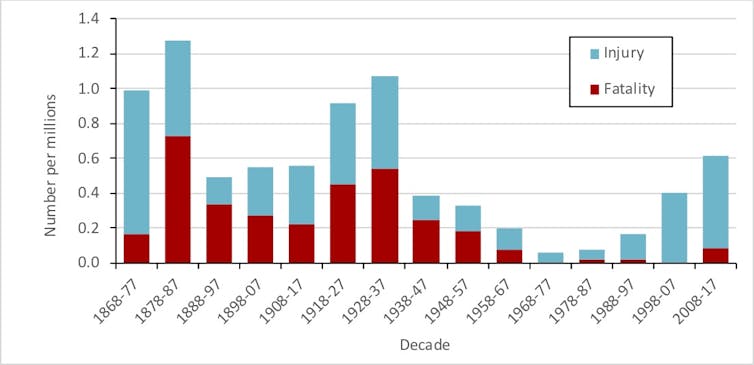
Shark bite incidents in NSW per million people per decade, including fatalities and injuries.(Authors)
Lifeguard patrol and emergency response are key
In NSW, lifeguard beach patrol grew over the same time period as the shark meshing program. More people swam and surfed in the ocean from the early 20th century as public bathing became legal. The surf lifesaving and professional lifeguard movements grew rapidly in response.
Today, 50 of the 51 beaches netted through the shark meshing program are also patrolled by lifeguards or lifesavers. Yet improved safety is generally attributed to the mesh program. The role of beach patrol is largely overlooked.
[referenced url=”https://www.lifehacker.com.au/2017/04/what-to-do-if-youre-attacked-by-a-shark-according-to-a-navy-seal/” thumb=”https://www.lifehacker.com.au/wp-content/uploads/sites/4/2014/11/Sharks-410×231.jpg” title=”What To Do If You’re Attacked By A Shark, According To A Navy SEAL” excerpt=”While the chances of getting attacked by a shark are much less likely than a dog attack, you just never know, especially if you’re out surfing, swimming or diving in open waters. We hope you never have to use these tips, but here’s what you should know.”]
So, claims that shark bite has declined at netted beaches might instead be interpreted as decline at patrolled beaches. In other words, reduced shark interactions may be the result of beach patrol.
More good news is that since the mid-20th century the proportion of shark bites leading to fatality has plummeted. This is most likely the result of enormous improvements in beach patrol, emergency and medical response.
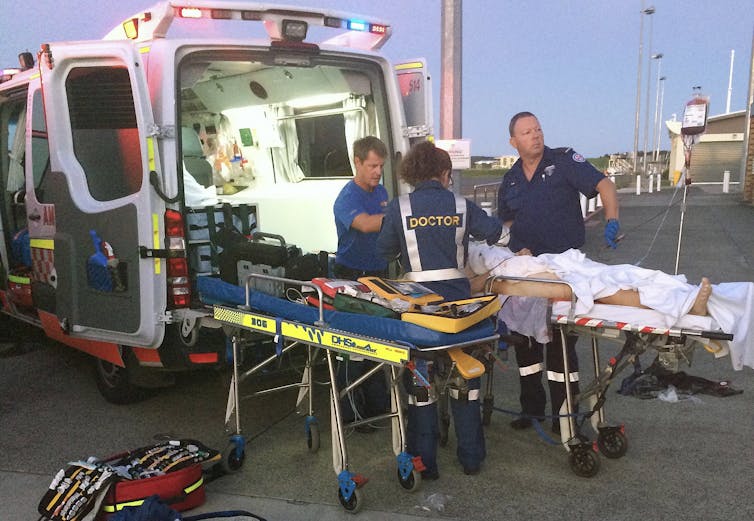
A surfer treated by paramedics after a shark bite near Ballina in NSW.
It’s time to move on from shark nets
Debate over shark management is often polarised, pitting human safety against marine conservation. We have brought together expertise from the social sciences, biological sciences and fisheries, to move beyond a “people vs sharks” debate.
There is no reliable evidence that lethal shark management strategies are effective. Many people oppose them, institutions are moving away from them, and threatened species are put at risk.
The NSW Department of Primary Industries, manager of the shark meshing program, is investing strongly in new non-lethal strategies, including shark tagging, drone and helicopter patrol, personal deterrents, social and biophysical research and community engagement. Our study provides further evidence to support this move.
[referenced url=”https://www.lifehacker.com.au/2016/09/punching-a-shark-in-the-nose-is-a-good-way-to-get-turned-into-fish-food/” thumb=”https://www.lifehacker.com.au/wp-content/uploads/sites/4/2016/09/Shark-410×231.jpg” title=”Punching A Shark In The Nose Is A Great Way To Become Fish Food” excerpt=”As any armchair ichthyologist will tell you, the most sensitive part of a shark is its electroreceptive snout. This has given rise to the belief that a sharp punch in the nose will repel almost any shark attack. As it turns out, this is usually a very bad idea that can result in losing your fingers, hand or even arm. Here’s what you should do instead.”]
Investing in lifeguard patrol and emergency response makes good sense. The measures have none of the negative impacts of lethal strategies, and are likely responsible for the improved safety we enjoy today at the beach.
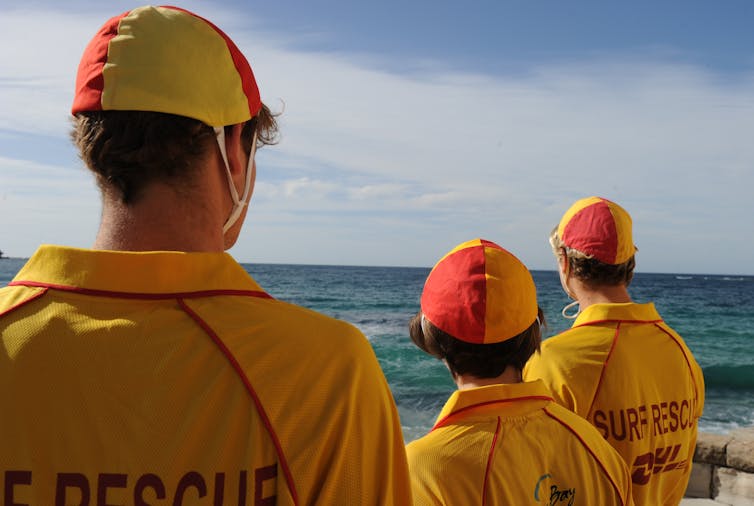
More lifeguards would help prevent shark bite.
(AAP)
Leah Gibbs, Senior Lecturer in Geography, University of Wollongong; Lachlan Fetterplace, Environmental Assessment Specialist, Swedish University of Agricultural Sciences, and Quentin Hanich, Associate Professor, University of Wollongong
This article is republished from The Conversation under a Creative Commons license.
Leave a Reply
You must be logged in to post a comment.